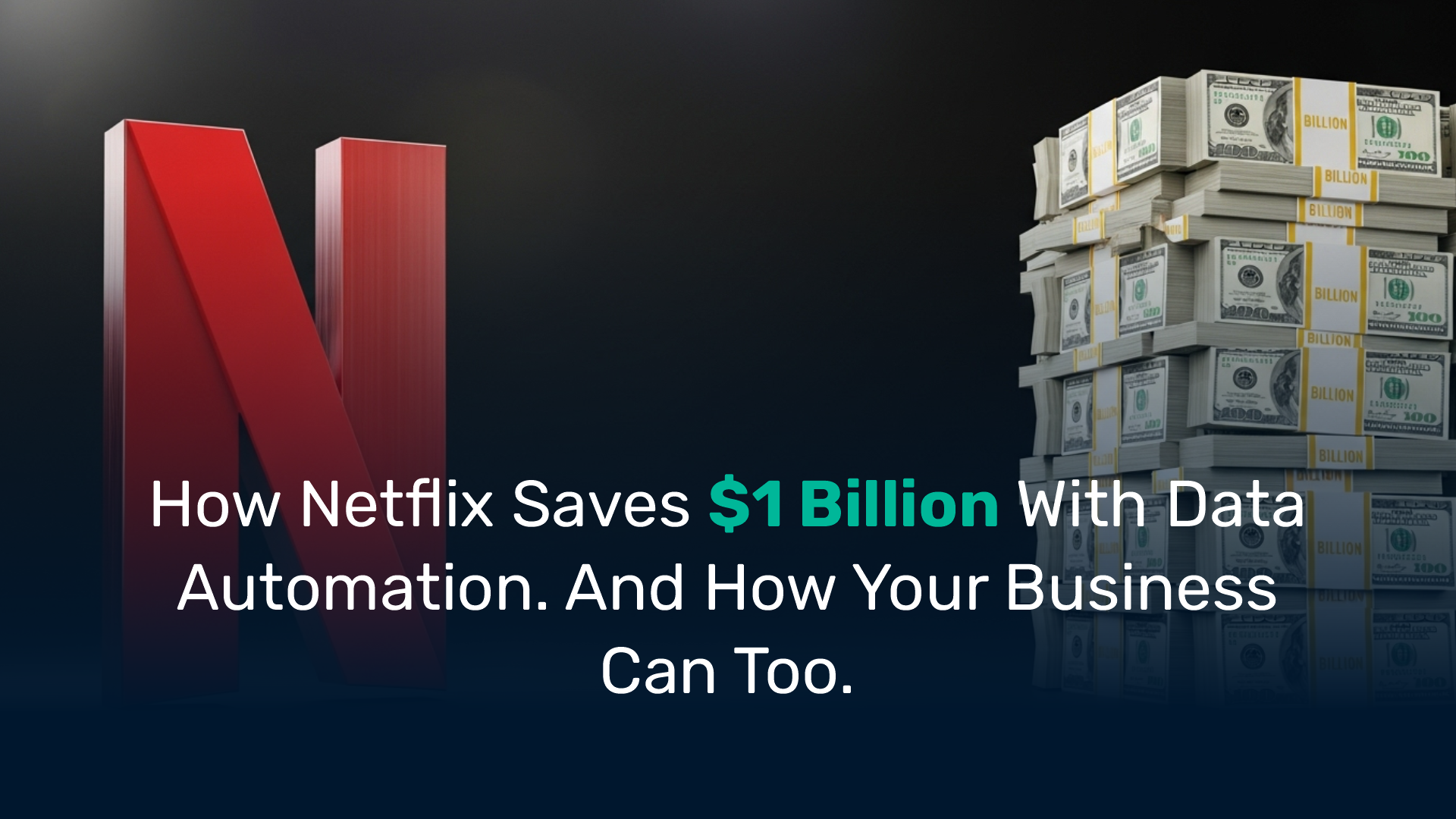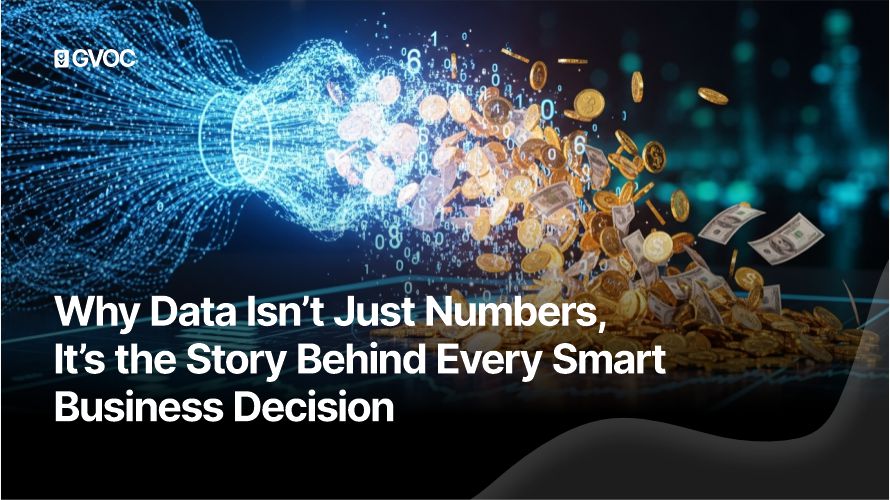You don’t need to be a tech giant or hire armies of data scientists to tap into AI’s transformative power. Companies of all sizes and across every sector, from neighborhood retail shops and regional banks to large hospital systems and sprawling manufacturing plants are already leveraging AI-driven tools to make faster, smarter decisions, streamline operations, enhance customer experiences, and uncover insights that used to be buried in mountains of spreadsheets.
Here’s why it matters, how it works, and how you can get started.
Why AI Is a Game-Changer in Decision-Making
- Speed: Human teams can take days or weeks to analyze big data sets. AI systems can do it in minutes, or even seconds.
- Scale: As your business grows, so does your data sales numbers, customer feedback, machine readings, financial transactions. AI handles ever-larger amounts of information without slowing down.
- Accuracy: AI spots hidden trends and subtle warning signs that people often miss. It doesn’t suffer from fatigue or bias.
- Predictive Power: Rather than just reporting what happened, AI can forecast what’s likely to happen next helping you plan instead of reacting too late.
Because of these advantages, nearly every industry from retail and banking to factories is tapping AI to sharpen its decision-making.
Real-World Examples—Plain and Simple
1. Retail: Stock What Sells
The Challenge: Guessing how many products to order.
The AI Solution: Imagine a virtual forecaster that looks at past sales, weather reports, holiday calendars, and trending social-media topics. It tells you, “Order 200 extra sweaters next week because a chilly front is coming and a social influencer just mentioned them.”
The Impact: Fewer empty shelves, fewer leftover boxes, happier customers, and lower inventory costs.
2. Finance: Approve Loans and Stop Fraud
The Challenge: Quickly deciding who deserves a loan andcatching bad actors.
The AI Solution: AI reviews an applicant’s past payments, current balances, and even public data about their job stability. In seconds, it scores their risk. It also monitors every transaction your customers make, spotting odd withdrawals or purchases that look like fraud.
The Impact: Loan decisions that once took days now happen in hours and fraud rings get blocked in real time, often before any real damage is done.
3. Healthcare: Prioritize Patients and Plan Beds
The Challenge: Managing tight hospital schedules and unpredictable patient needs.
The AI Solution: AI systems examine historical admission records, seasonal illness trends, and current bed availability to predict how many patients will arrive each day. They also flag medical images like X-rays or CT scans to help doctors catch illnesses early.
The Impact: Better staffing plans, shorter patient waiting times, and faster diagnoses that can improve recovery rates.
4. Logistics & Manufacturing: Keep Things Moving
The Challenge: Deliver products quickly, keep machines running, and fill orders on time.
The AI Solution:
- Smarter Routes: A super-smart GPS finds the quickest paths for delivery trucks, saving millions in fuel and hours on the road.
- Preventive Machine Care: Sensors on factory equipment feed live data into AI. When a machine starts acting strangely, the system alerts technicians' days before a breakdown.
The Impact: Fewer delivery delays, less unplanned downtime on the factory floor, and faster order fulfillment, driving customer satisfaction and cutting costs.
The Business Upside: Why You Can’t Afford to Ignore AI
- Return on Investment: Studies show that every dollar spent on AI returns roughly three to four dollars in savings or new revenue.
- Faster Insights = Faster Action: When your team gets timely recommendations, they move more quickly on sales, inventory, hiring, and strategy, staying a step ahead of competitors.
- Risk Reduction: AI’s real-time alerts can warn of potential stock shortages, equipment failures, or security threats so you fix issues before they become costly problems.
On the flip side, companies that delay AI adoption risk falling behind. As more businesses embrace AI, the bar for speed and accuracy rises. Those still relying on manual processes will find it harder to compete.
Data: The Fuel for AI’s Engine
AI needs good data to work well. Think of data as fuel and AI as an engine. If the fuel is low-quality (incomplete, outdated, or inconsistent), the engine can’t perform. That’s why improving data quality and organization is a vital first step:
- Audit Your Data: Look for gaps, duplicates, or errors in your records.
- Clean and Enrich: Use simple AI tools to spot anomalies (like impossible values or missing entries) and fix them automatically.
- Break Down Silos: Combine sales, customer, operations, and finance data in a shared platform so AI can see the full picture.
- Set Rules and Ownership: Assign data stewards who ensure information stays accurate, secure, and up to date.
Better data leads to clearer AI insights. Those insights lead to smarter decisions, which generate more high-quality data, a virtuous cycle that strengthens over time.
Conclusion & Next Steps: The Future Is Now—Are You Ready?
AI is no longer reserved for Silicon Valley giants, it’s accessible, affordable, and adaptable for businesses of all sizes. When you harness AI’s ability to turn complex data into clear guidance, you empower your team to make better decisions faster and with confidence.
Ready to see what AI can do for your organization?
To get started, contact professionals like GVOC. Let the Experts help you:
- Assess and improve your data quality
- Choose the right AI tools for your needs
- Run effective pilot projects
- Scale AI across your business
Reach out to GVOC today and let us guide you on your journey to smarter, AI-powered decision-making. The future of your business depends on it, why wait?













.svg)





%202.jpg)
.svg)

.svg)





